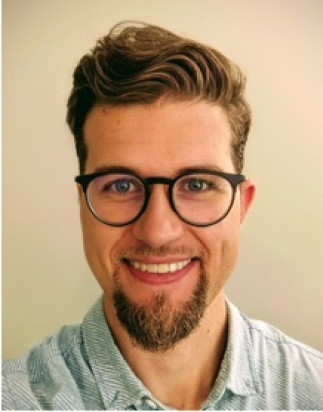Limits and Optimality in Photonic Design
Sean Molesky
Départment de génie physique
Polytechnique Montréal
Présentation en anglais
Vidéoconférence, Zoom #: 849 1468 5342 (Zoom link)
Lorsque demandé, indiquer 'un cinq six neuf trois zéro' en chiffre.
Abstract: As the use and need of computationally driven methods continues to grow throughout applied science, longstanding questions concerning optimality in design optimization problems continue to gain practical importance. Intuitively, limits exist on the degree of control and enhancement that can be realized for any measurable quantity in any moderately realistic description of physical phenomena. However, barring a small collection of celebrated results (the blackbody bound, the inherent uncertainty in complementary measurements, etc.), the extent to which theoretical considerations impact numerical approaches to device design and, ultimately, attainable performance is seldom clear. The final metrics obtained by any sufficiently extensive and free optimization should (at least in principle) represent something fundamental about the theory in which the problem is based, but, in the vast majority of cases, the accurate physical limits that would be needed as a point of comparison remain unestablished. In this talk, in the context of photonics (and more generally scattering theories involving linear operators), we will discuss how the combination of Lagrange duality heuristics and ``mean-field'' relaxations can be productively applied to questions of design optimality---revealing implicit bounds on what can be achieved by any device of a specified size and material composition, and (in certain instances) the central underlying relations driving observed optimization trends. As showcased by initial applications to range of contemporary electromagnetic topics, including maximizing radiative emission from a dipolar current source and toy ``math-kernel'' field conversion objectives, we will also briefly sketch why dual solutions, subject to relatively coarse constraints, often predict the findings of ``density inverse design'' for photonic system to within an order of magnitude, and offer perspectives on future possibilities for accelerated algorithms.
Bio: Since receiving my PhD from the University of Alberta in 2017 under the supervision of Professor Zubin Jacob, I have worked primarily as a postdoctoral fellow in Professor Alejandro Rodriguez's research group at Princeton University, studying a variety of subjects orbiting the central themes of computational modelling and optimization in electromagnetics. As of this last July, I have officially joined Polytechnique Montréal as a faculty member in the Department of Engineering Physics, and am actively looking to hire both student and postdoctoral researchers with broadly overlapping interests.
Cette conférence est présentée par le RQMP.

